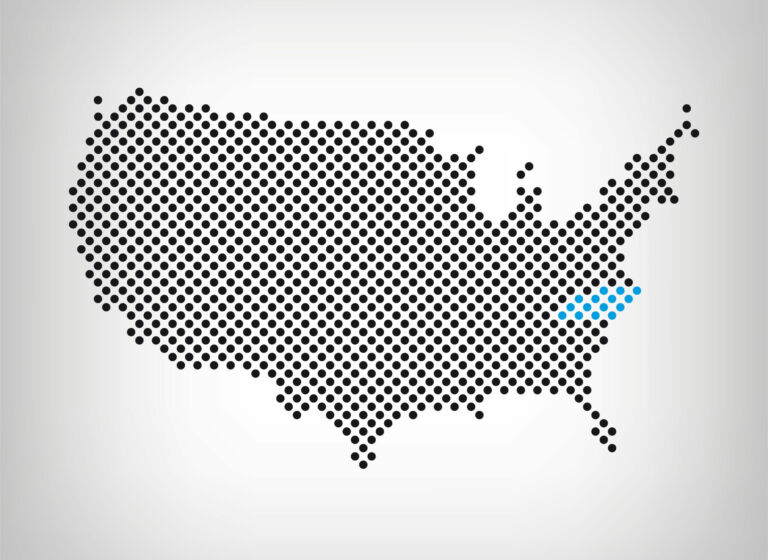 You’ve no doubt seen it by now: the Newsweek cover with the attention-grabbing headline “Hit The Road, Barack.” The headline on Harvard historian Niall Ferguson‘s six-page article is even more direct: “Why Obama Must Go.”
You’ve no doubt seen it by now: the Newsweek cover with the attention-grabbing headline “Hit The Road, Barack.” The headline on Harvard historian Niall Ferguson‘s six-page article is even more direct: “Why Obama Must Go.”
Ferguson advised Obama’s 2008 Republican opponent, John McCain, during the last presidential campaign, so his opposition to Obama’s re-election shouldn’t shock anyone. Still, those of you who’ve yet to delve into the article might want to consider the following data Ferguson highlights:
Welcome to Obama’s America: nearly half the population is not represented on a taxable return—almost exactly the same proportion that lives in a household where at least one member receives some type of government benefit. We are becoming the 50–50 nation—half of us paying the taxes, the other half receiving the benefits.
And all this despite a far bigger hike in the federal debt than we were promised. According to the 2010 budget, the debt in public hands was supposed to fall in relation to GDP from 67 percent in 2010 to less than 66 percent this year. If only. By the end of this year, according to the Congressional Budget Office (CBO), it will reach 70 percent of GDP. These figures significantly understate the debt problem, however. The ratio that matters is debt to revenue. That number has leapt upward from 165 percent in 2008 to 262 percent this year, according to figures from the International Monetary Fund. Among developed economies, only Ireland and Spain have seen a bigger deterioration.
Not only did the initial fiscal stimulus fade after the sugar rush of 2009, but the president has done absolutely nothing to close the long-term gap between spending and revenue.
His much-vaunted health-care reform will not prevent spending on health programs growing from more than 5 percent of GDP today to almost 10 percent in 2037. Add the projected increase in the costs of Social Security and you are looking at a total bill of 16 percent of GDP 25 years from now. That is only slightly less than the average cost of all federal programs and activities, apart from net interest payments, over the past 40 years. Under this president’s policies, the debt is on course to approach 200 percent of GDP in 2037—a mountain of debt that is bound to reduce growth even further.


